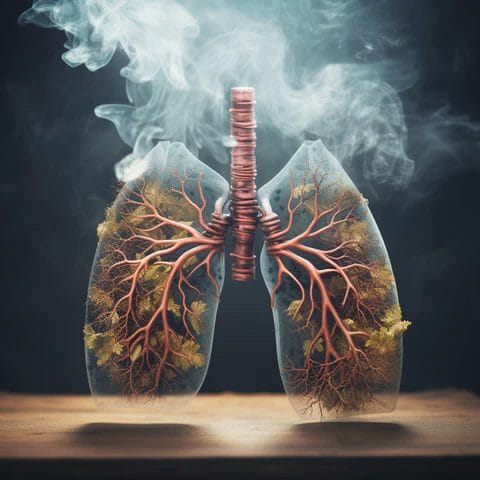

In the quest for understanding the impacts of various environmental and lifestyle factors on our health, one often overlooked yet significant aspect is the presence and effects of slags. Slags, a byproduct of metal smelting and refining, as well as coal combustion in power plants, pose a significant threat to lung health, an issue that demands closer examination and public awareness.
Slags are a mixture of metals, metalloids, and non-metallic materials that are formed during the high-temperature processing of ore and coal. These materials, often discarded as waste, contain a variety of substances, some of which can be harmful when inhaled or ingested. The composition of slag can vary widely, but it typically includes elements like silicon, aluminum, calcium, magnesium, iron, sulfur, and a range of trace metals.
The primary concern with slags is their particulate nature. When slag particles are dispersed in the air, they can be easily inhaled, penetrating deep into the lung tissues. This can lead to several adverse health effects:
Environmental exposure to slags can occur near mining, metal refining, and coal power generation facilities. Occupational exposure is a major concern for workers in industries where slag is produced or utilized.
To reduce the health risks associated with slags, several measures can be taken, including industrial safety standards, personal protective equipment, environmental regulations, and health monitoring.
The issue of slags and their impact on lung health is a multifaceted challenge that requires concerted efforts from industries, regulatory bodies, health professionals, and communities. Increased awareness, stringent safety practices, and robust environmental policies are crucial in mitigating the risks and safeguarding public health.
$349.99
$89.99
$89.99
$89.99
$89.99
$18.99
$18.99
$18.99

CIGTRUS offers nicotine-free,
refreshing-flavored smokeless inhalers to facilitate quitting smoking.
Subscribe to our Newsletter to get the latest news and insights
By subscribing, you accept the Privacy Policy.